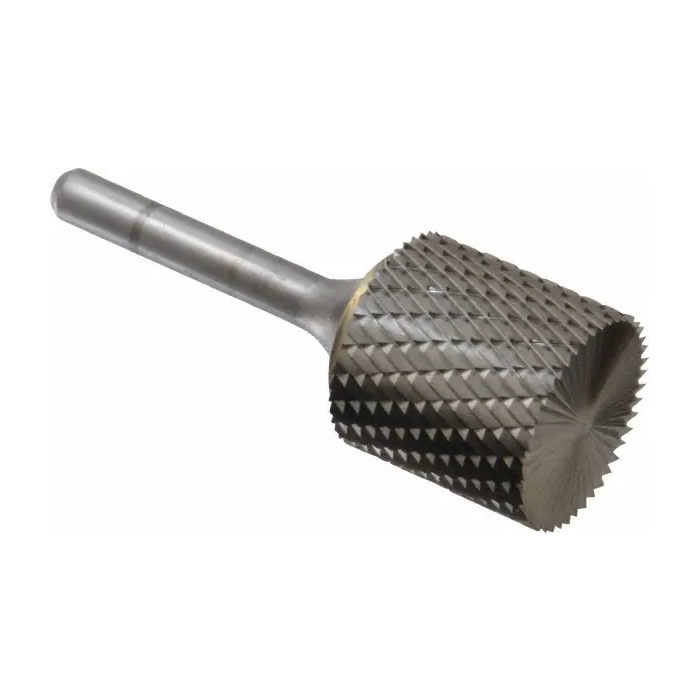Recommendations a directory of the most prevalent shapes of carbide burrs:
Cylinder end-cut shape
Cylinder end-cut shape is known for a flat end and is also a good choice for taking care of materials who have right angles and also eliminating features. In the process of completing contours on materials, a well known solid carbide burr. Flat surfaces are taken off nearly all materials. Carbide cylindrical form end cut burs may be used for either end or side cutting due to their versatile nature. Deburring and polishing flat bottom holes and slots are two common applications for them.

Cone shape
Deburring gear teeth, heat exchanger fan blades, inner bevel edges, and internal pipe edges are the applications which is why cone-shaped carbide burrs are developed. The identical be a countersink, as well as chamfers within holes purposely.
Taper shape
The removal of round features from your workpiece makes a creation that is more seamless. A practical instrument which is capable to access restricted locations and machine material surfaces
Flame shape
When cutting materials with round edges, utilize a carbide burr in the shape of a flame. The flame type of carbide burrs was created for use in deburring and polishing elliptic surfaces on steel dies, forgings, castings, and metal patterns.
Tree shape
like a tree in appearance though a pointy tip towards the top. The round edges are ground by way of a series of carbide burrs in succession. This manner can help you easily access lengthy, tight locations that are inaccessible with the most of the other shapes. Deburring and completing the deep contoured surfaces of steel dies, moulds, and metal patterns include the primary functions that Tree Shape carbide burrs are designed to do. Like be familiar with restore damaged places on dies which are caused by slugs.
Oval shape
When you carry on and work on your project, this perfect carbide burr efficiently clears round edges on the workpiece that has been handed for you. Oval-shaped carbide burs bring deburring and polishing curved surfaces in steel dies, forgings, castings, and metal patterns. These burs are made from an oval cross-section. They are utilized to the means of treating difficult fillet welds.
Ball shape
Carbide Deburring round bottom holes, curved slots, and curved metal and material surfaces are some of the applications in which ball-shaped burs were devised. Moreover, you need to use them to widen or lengthen tiny holes to help you treat hard fillet welds. The smooth machining of most round edges of workpieces, and also the preparation of workpieces for brazing, is created possible through the ball shape.
More details about SB-9 Carbide Burrs check out the best net page
